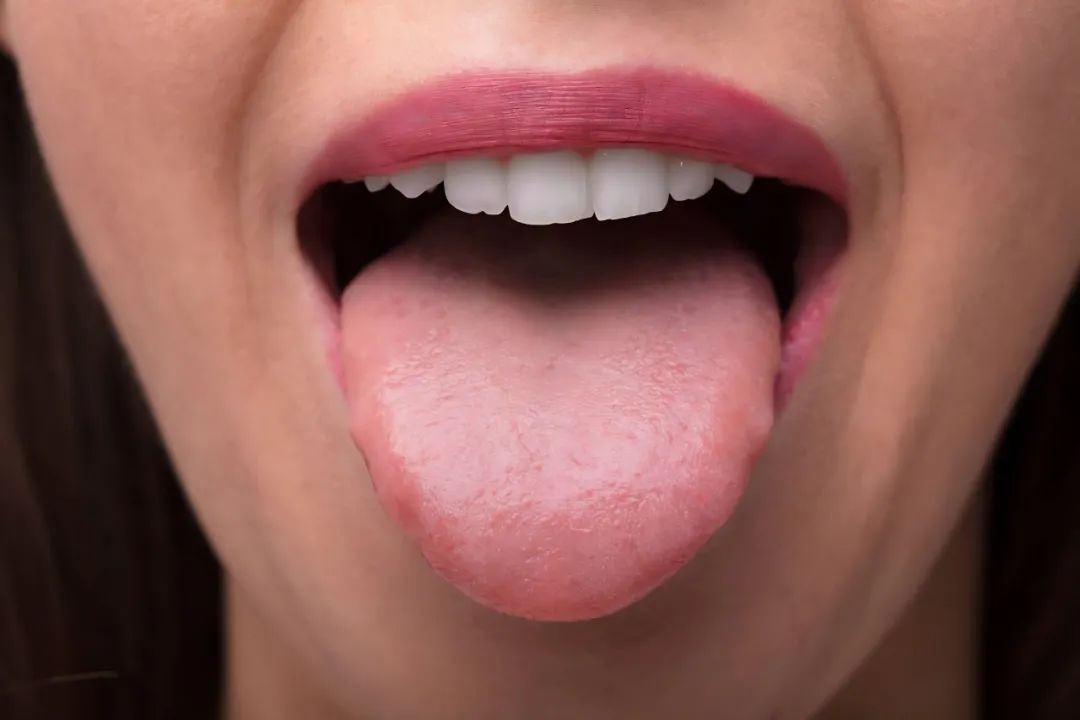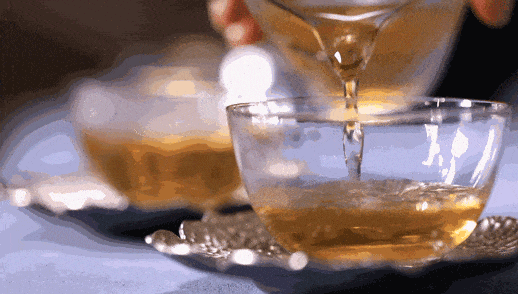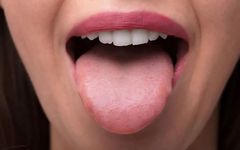Click the blue text
Follow us
The tongue not only allows you to taste the flavors of life but also serves as a mirror of health. Tongue diagnosis, as a unique and sophisticated diagnostic method, has been revered by practitioners for thousands of years.

Interviewed Expert
Dr. Zhou Jingxin, Associate Chief Physician of the Nephrology and Endocrinology Department at Dongzhimen Hospital, Beijing University of Chinese Medicine
Traditional Chinese Medicine (TCM) holds that the tongue is the sprout of the heart and an external manifestation of the spleen, with the tongue coating arising from the stomach qi. The tongue is closely connected to the five organs and six bowels through the meridians, thus changes in the organs often reflect on the tongue. The variations in tongue appearance can quickly and intuitively reflect the state of qi and blood, the balance of yin and yang, and the progression or retreat of pathogenic factors in the body.
10 Types of Tongue Appearance That May Indicate Illness
Dr. Zhou Jingxin warns that if there are changes in the color, shape, or coating of the tongue, it may signal health issues or even diseases.
Tongue Color
▶Pale Tongue: Commonly seen in patients with deficiency of both qi and blood, or insufficient yang qi, often accompanied by a thin or absent coating. Insufficient yang qi causes the tongue body to appear pale; patients with anemia may also present with a pale tongue.
▶Red Tongue: Generally indicates excess heat in the body or yin deficiency leading to heat. If there are red spots or prickles on the tongue surface, they represent excessive heart fire, gastrointestinal heat, or liver-gallbladder fire.
Clinically, patients with acute stroke often have an abnormally red tongue; those infected with Helicobacter pylori may present with a slightly red tongue with white patches.
▶Purple Tongue: Commonly seen in individuals with poor blood circulation, such as those with cold syndrome, heat syndrome, or blood stasis syndrome.
A dark purple tongue may indicate hyperlipidemia, cor pulmonale, etc.; cancer patients may also present with a purple tongue that has a thick greasy coating; a bluish-purple tongue suggests vascular, gastrointestinal, or asthma issues.
▶Yellow Tongue: Generally caused by food coloring, such as long-term smoking, drinking tea, and consuming dark-colored foods.

Fever, liver and biliary diseases, gastrointestinal issues, and diabetes may also cause a yellow tongue.
Tongue Coating
▶Thick Coating: May indicate a worsening condition or gastrointestinal stagnation.
If the coating is thick and yellow, it often indicates internal heat or food stagnation; a thick white coating usually indicates excessive phlegm dampness. In cases of cold or systemic infections, infants, the elderly, and immunocompromised individuals may also present with thick coating.
▶Dry Coating: Refers to a dry tongue coating with no moisture, commonly seen in patients with high fever, yin fluid deficiency, or vomiting and diarrhea causing fluid loss.
▶Greasy Coating: Indicates dampness and turbidity accumulation, with yang qi being restrained. A yellow greasy coating often indicates damp-heat; a white greasy coating usually indicates cold dampness.
Tongue Shape
▶Swollen Tongue: A tongue that is swollen and has tooth marks on the edges is often caused by spleen deficiency and excessive dampness or deficiency of yang qi. If the coating is yellow and greasy, it may be accompanied by damp-heat.
▶Thin Red Tongue: A thin and red tongue often indicates yin deficiency with excessive fire or malnutrition.
▶Cracked Tongue: A tongue with cracks on the surface is often due to deficiency of essence and blood or excessive heat damaging fluids. Sudden appearance of cracks may indicate superficial gastritis or malnutrition; if symptoms persist for more than two weeks, medical attention is advised.
What Does a Healthy Tongue Look Like?
According to doctors, a healthy tongue should be: light red in color, moist in texture, flexible in movement, with a thin white and even coating, and moderate in dryness and wetness.
It is important to note that changes in tongue appearance do not exist in isolation but are interconnected with the patient’s overall symptoms, pulse condition, etc.
Tongue diagnosis, as an auxiliary diagnostic method, relies on the experience and skills of the practitioner. Therefore, interpreting tongue appearance for diagnosis is a specialized skill, and one should not hastily self-diagnose based on tongue appearance. If you notice any abnormalities, it is essential to seek medical attention and have a professional evaluate it.
Professor Zhao Yan from the School of Traditional Chinese Medicine at Beijing University of Chinese Medicine stated in an interview that tongue exercises are beneficial for health. Here are some tongue exercises you can do:
1. In the morning, in front of a mirror, extend and retract the tongue 10 times, then move the tongue left and right outside the mouth 5 times;
2. Sit with fingers spread on your knees, slightly lean forward. Inhale through the nose, then open your mouth wide, extend your tongue, and exhale while opening your eyes wide and looking straight ahead, repeating 3-5 times;
3. Open your mouth, slowly extend your tongue, hold for 2-3 seconds, and repeat 5 times;
4. Tilt your head back, stretch your chin, open your mouth wide, extend your tongue, hold for 2-3 seconds, and repeat 5 times.
Recommended Reading
👉In less than 20 seconds! A 6-year-old girl performs “textbook-style” first aid →
👉The world’s oldest person at 117 has passed away; her longevity secrets include these 3 points, which are worth emulating!
 Source: Life Times WeChat Official Account
Source: Life Times WeChat Official Account Chief Editor | Yang Jihong Supervised by | Tian Long Zhang LeiChief Editor | Wan Shan Hong Cai YingEditor | Pan Kaina (Intern)
Chief Editor | Yang Jihong Supervised by | Tian Long Zhang LeiChief Editor | Wan Shan Hong Cai YingEditor | Pan Kaina (Intern)

